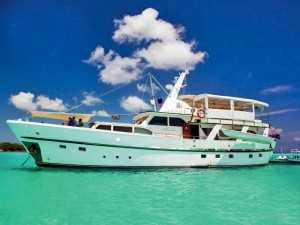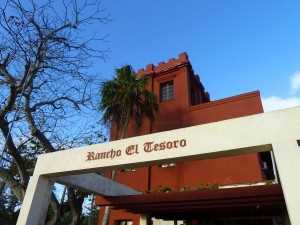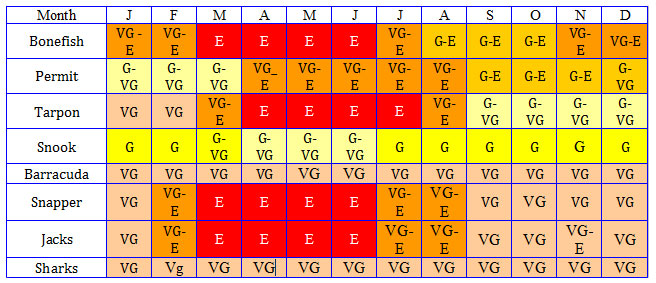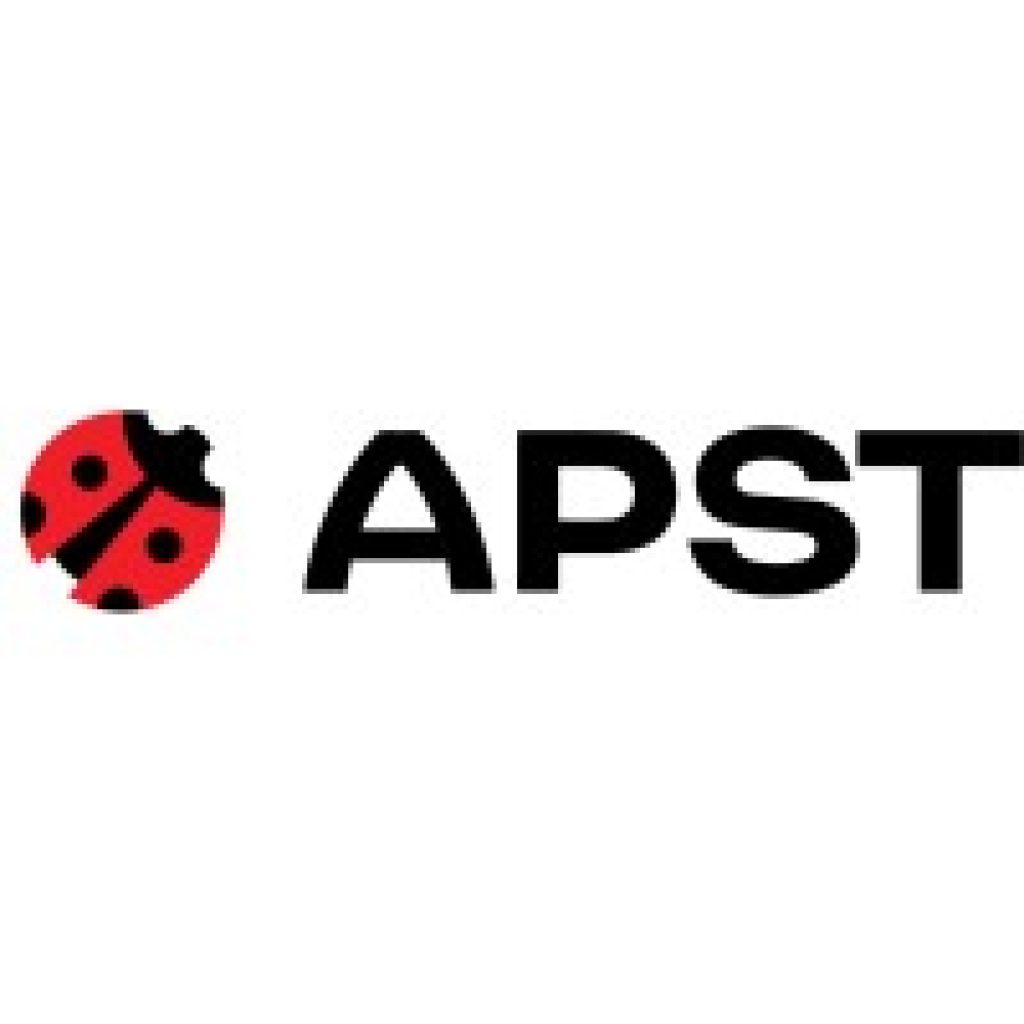FISHING TRIP CUBA
Overview
The Isla de la Juventud or Isle of Youth is located in the south of Cuba and can be reached by plane from Havana. Its the least densely-populated area of the country with the fewest tourists. It’s also home to exceptional fishing spots , lush vegetation and untouched cayos (rocky islands)
A not-to-be-missed destination in the Caribbean sun to meet and combat the famous tarpon, bonefish and permits.
So, if :
-fishing for bonefish, tarpon and permit interests you, whether you’re a beginner or an experienced angler
-you want to enjoy the untouched heart of the mythical Isle of Youth flatlands
-you like the sea and appreciate the advice of experienced fishing guides
-you want to spend winter or spring in the sun
-you’re alone or in a group of anglers
Then this is the destination for you!
For this tour on the Isle of Youth in Cuba, you can choose from two options:
 OPTION 1 : A cruise-type stay on board La Perola, a luxury 75ft yacht which will be your accommodation and point of departure for visits to the most original and remote spots of the island. The yacht moves during the day while the skiffs are fishing and this brings an extra dimension to the fishing as it allows you to explore a large number of spots. All of your time will be devoted to fishing. This option is for those who want stay as close as possible to the fishing zones and visit the more remote spots which are teaming with huge tarpon.
OPTION 1 : A cruise-type stay on board La Perola, a luxury 75ft yacht which will be your accommodation and point of departure for visits to the most original and remote spots of the island. The yacht moves during the day while the skiffs are fishing and this brings an extra dimension to the fishing as it allows you to explore a large number of spots. All of your time will be devoted to fishing. This option is for those who want stay as close as possible to the fishing zones and visit the more remote spots which are teaming with huge tarpon.
 OPTION 2 :On firm land, at the Rancho Hotel for those who don’t enjoy living at sea. This more economical option allows you to come back each evening to relax and have dinner at the hotel after an intense day’s fishing. The skiffs used for fishing are the same as those in option 1 but the distance covered is not as great. The advantage of the hotel option is that you can visit the surroundings in the evening.
OPTION 2 :On firm land, at the Rancho Hotel for those who don’t enjoy living at sea. This more economical option allows you to come back each evening to relax and have dinner at the hotel after an intense day’s fishing. The skiffs used for fishing are the same as those in option 1 but the distance covered is not as great. The advantage of the hotel option is that you can visit the surroundings in the evening.
Those who want a 100% fishing tour will be likely to choose option 1
The Rancho Hotel will suit those looking for high quality at a lower price.
Fishing
You will fish different zones around the Isle of Youth. Obviously, if you choose the Perola Yacht option, the fishing possibilities are vast and the pressure on the fishing spots almost inexistent.
If you choose the hotel option, you will cover shorter distances but the fishing will still be excellent thanks to the abundance of fish in Cuban waters.
Fishing methods
This is the ideal place for fly-fishermen, both beginner and experienced. You can fly-fish on the flats, in the water, but also from the skiff for those who want to have a shot at tarpon or permits. Our guides will be present to advise you.
Spinning is very efficient and usually brings in huge fish.
The Fish
Bonefish (or Macabi)
Bonefish prefer shallow flats along the coastline and can be caught in water from a few cm to 2 m deep. You can usually spot them in schools of between 4 and 20. This large fish lives a solitary life and reproduces all year round in deep waters while coming back regularly to the flats.
Bonefish need to be played carefully – pull too hard and you’ll break your line. It’s up to you to win what everyone agrees is an extraordinary combat.
The Tarpon (or Sabolo)
Brutal is the word that springs to mind to describe fly-fishing Tarpon. The King of Silver has an insatiable appetite, and its behaviour can be very violent. Tarpon take with power, and show stamina and acrobatic qualities that make them a formidable adversary on a fly rod. Fishing Tarpon or Sabalo, as it is known in Cuba, can be divided into three categories: Baby Tarpon (those which weigh up to 30 Lbs), Medium Tarpon (those which weigh from 30 Lbs up to 80 Lb) and Monster Tarpon (those of more than 80 Lb and which sometimes can exceed the incredible weight of 200 Lbs). Obviously, the last category is much sought-after, but unfortunately these giants are much less common.
The Permit (or Palometa) and the others
This magnificent fish is the ultimate challenge of the flats. As all anglers know, there is no guarantee for success when you fish for permit….. But the reward when you do catch one is all the better for that reason. A fly-fisherman can not be considered in the same way when he has caught a permit once in his life.
Apart from bonefish and tarpons, you will also be fishing for Snappers, Jacks, Barracudas, Needlefish or the feisty and voracious Lemons.
Fishing seasons
Fishing is possible all year round but you need to be aware that the period from September to the beginning of November is the cyclone season. Please check the table for more precise information. (A = average, G = good, VG = very good, E = excellent)

Accommodation at the Rancho Hotel
The Rancho El Tesoro Hotel offers comfortable accommodation with single rooms for each angler. Each room has a comfortable bed, storage space, and a bathroom with shower. Anglers staying here will have their own dining-room which has air-conditioning and is used not only for meals but also as a place to relax before dinner. A great place to try a Mojito and a cuban cigar.
You will enjoy top-quality meals prepared by a local chef : a combination of classic Cuban dishes and fresh fish. For the evening meal, a choice of several dishes is available. The chef is famous all over the region for his copious meals!
A taxi service is available to go to the centre of Nueva Gerona. You will have the opportunity to meet the friendly inhabitants of this town which is very different from Havana. There are some good bars where you can enjoy a Cuba libre or a cocktail and you can even find a disco with all the rhythm of Latin music.
Accommodation on the Perola yacht
You will stay onboard the Perola. This recently renovated yacht is ideal for groups of 6 anglers. There are five comfortable air-conditioned cabins below deck, most of which have their own private bathroom with showers and hot water. Anglers will appreciate the large storage space is each cabin.
The Perola as an impressive yacht, with polished hardwood floors and teak panelling. Circular stairways take you down to the cabins or up to the deck and the dining area. The top deck is covered and always in the shades but is open to the sea breeze, giving our guests an comfortable and pleasant environment. Several rope hammocks are hung from the ceiling and can be lowered after dinner for a nap in the breeze. An air-conditoned salon on the main deck can be used as a living or dining area in case of bad weather. The large table in the salon is great for fly-tying and the comfy sofas are ideal for relaxing with a good drink after a long day on the flats.
Geography
Cuba is an archipelago in the Caribbean Sea. The main island is 1260 km long and 191km wide. The Isla de la Juventud and several other archipelagos as well as thousands of islands with more than 200 bays and magnificent beaches are also part of the Cuban territories. To the north lies North America, to the south Jamaica while Haiti is to the south-east and Mexico to the west.
Administrative requirements
For French citizens : for a stay of 30 days maximum a tourist visa card is required (around 30 euros, please send us a photocopy of your passport with your identity and passport number and will take care of this).
For other nationalities : please contact your embassy
Health : No vaccinations required
Since May 1st 2010 you are required to have health insurance for any visit to Cuba. We strongly recommend you check you have such an insurance. Anyone not being able to prove so will be required to take out an insurance with a Cuban agency upon arrival in the country.
Language spoken : Spanish
Time : 6 hours difference with France (when it’s noon in France it’s 6am in Cuba)
Climate : The climate is moderately sub-tropical. There are two seasons – the rainy season (from May to October, temperatures vary from 27°-38°) and the cooler dry season (from November to April, temperatures vary from 20°-26°, lower in the evening)
Electricity : 110V, American plugs
Currency : Cash transactions since 8/11/2004 are in Cuban Convertible Pesos (CUC) and dollars are no longer allowed for this type of operation. Those going to Cuba should take euros and not dollars in order to avoid the 10% tax on the purchase of CUCs with dollars. Make sure you take enough money as transfers can be long and difficult. Avoid withdrawing money from ATM which give out pesos which can not be changed outside Cuba. Convertible pesos must be changed before leaving as you cannot do so outside the Cuban territory





